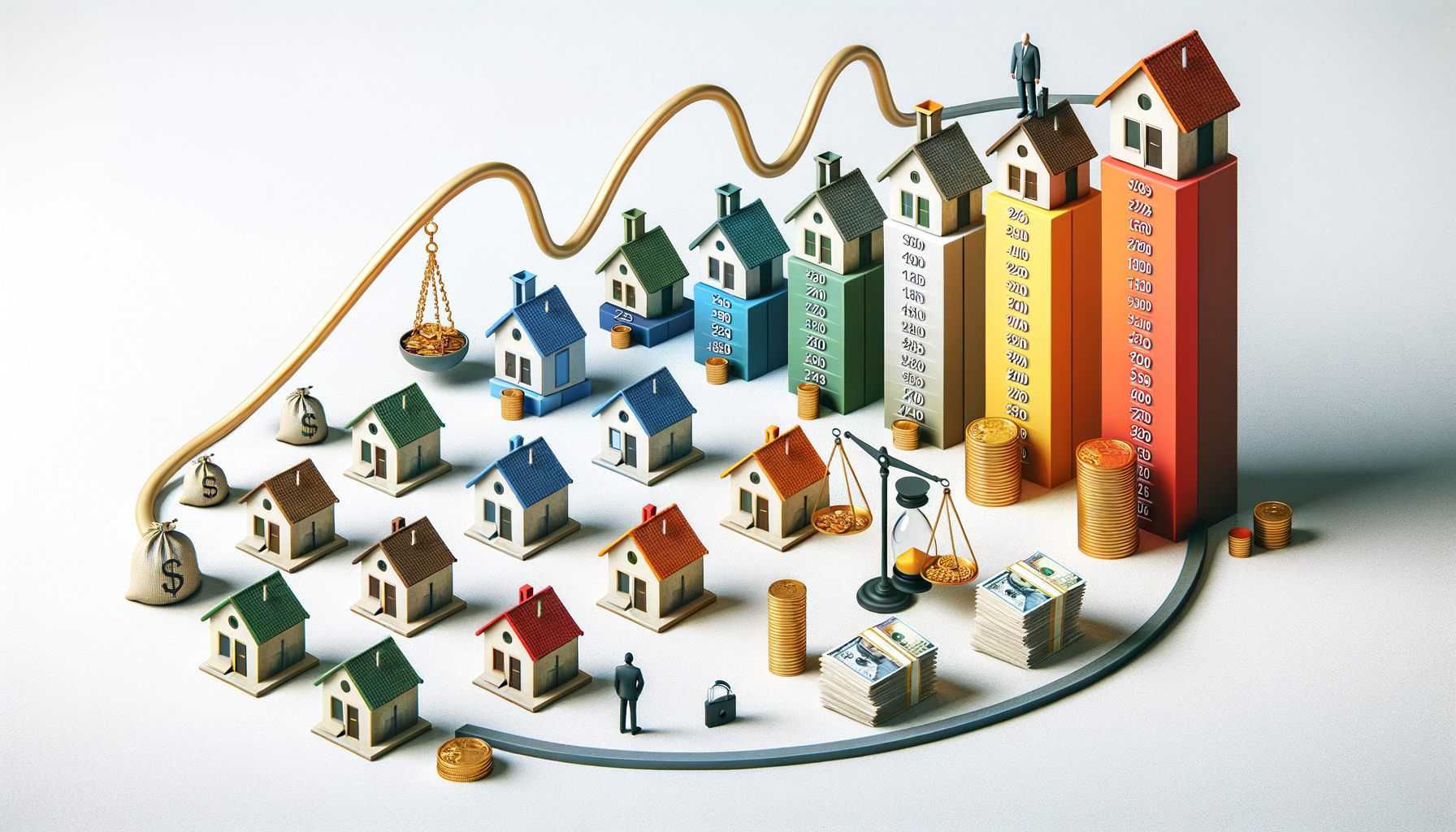“Unraveling the Latest Mortgage Rate Trends: An Insightful Review”
Mortgage rates have been a topic of increasing interest over the past few months, especially as economic factors continue to evolve. Recently, we’ve seen some notable changes that could affect both homebuyers and those looking to refinance their existing homes. Understanding these shifts is crucial not only for making informed decisions but also for anticipating future trends in the housing market.
## Understanding Mortgage Rates
Firstly, it’s important to grasp what mortgage rates are and how they’re determined. Mortgage rates are essentially the interest rate you are charged on the loan you take out to purchase a property. These rates can fluctuate based on a variety of economic indicators including inflation rates, the job market, and actions by the Federal Reserve.
### Influences on Mortgage Rates
One of the primary drivers of mortgage rate changes is the Federal Reserve’s monetary policy. The Fed adjusts interest rates to manage economic growth. This, in turn, influences mortgage rates though not directly. When the Fed raises its rates, generally, it costs more for banks to borrow money and they pass these costs on to consumers through higher mortgage rates.
Additionally, the bond market is a significant influencer. Mortgage lenders often set their prices based on the yield of U.S. Treasury notes, especially the 10-year Treasury bond. When investors foresee economic instability, they tend to invest in bonds, driving the prices up but the yields down, leading to lower mortgage rates and vice versa.
### Current Trends
Currently, we are witnessing a rise in mortgage rates, which follows a period of historically low rates triggered by the Federal Reserve’s response to economic slowdowns. These recent increases are in part due to the Fed’s ongoing adjustments in response to economic recovery signs like improved employment rates and manageable inflation levels.
This hike means monthly payments on new mortgages are also increasing. For instance, consider a 30-year fixed-rate mortgage, traditionally the most popular among homeowners; the rates have seen an uptick of several basis points compared to last year. This might seem small, but over the lifespan of a loan, it translates to a significant increase in the amount paid by the borrower.
### Impact on the Real Estate Market
Higher mortgage rates typically cool down the housing market since they increase the cost of borrowing. This can slow down home buying activity as it becomes more expensive for people to finance new home purchases. Sellers might find it challenging to get their asking price as buyers decrease their budget to compensate for higher loan costs.
For those looking to buy, the rising rates represent a significant shift. It is now more costly to borrow than it was a year ago, which means buying power is reduced. On the other hand, this could lead to a less competitive market with fewer bidding wars, which can be to the advantage of a serious buyer with solid financing.
### Mortgage Strategy in Today’s Market
Given these conditions, potential homebuyers and those looking to refinance need to consider their strategies carefully.
#### Locking in Rates
If you’re house-hunting or considering refinancing, it’s wise to lock in a rate sooner rather than later if you believe rates will continue to climb. Rate locks typically last from 30 to 60 days, though some can extend longer. This lock can protect you from rate increases while your loan application is being processed.
#### Fixed-rate vs. Adjustable-rate Mortgages
Choosing between a fixed-rate and an adjustable-rate mortgage (ARM) is more pertinent than ever. Fixed-rate mortgages are more predictable since the interest rate is set for the life of the loan, making budgeting easier. On the other hand, ARMs usually offer lower rates initially, which could be advantageous if rates drop in the future. However, this comes with the risk of rates increasing after the initial fixed period.
#### Refinancing Opportunities
For those with existing mortgages, evaluating refinancing options is crucial. If you have an adjustable-rate mortgage, switching to a fixed rate might be a good move, particularly in a rising rate environment. Alternatively, if your current rate is significantly higher than the prevailing rates, refinancing might still make sense financially, even if rates are climbing.
### The Future of Mortgage Rates
Predicting where mortgage rates will go in the future involves understanding both domestic economic data and global economic indicators. While it’s likely that rates may continue to rise modestly in the short term due to stronger economic signals and inflation concerns, long-term predictions can be quite complex. Factors such as geopolitical tensions, pandemics, and major policy shifts by central banks globally can all influence directions unpredictably.
### Conclusion
Navigating the world of mortgage rates, especially in a fluctuating economic environment, can be daunting but remains crucial. Staying informed about trends and understanding the underlying factors affecting rates will equip you with the knowledge to make strategic financing decisions. Whether you’re buying a new home, refinancing, or simply exploring your options, consider the broader economic context and plan accordingly. Balancing risk, understanding market timing, and consulting with financial advisors can significantly affect your financial outcomes in real estate transactions.

